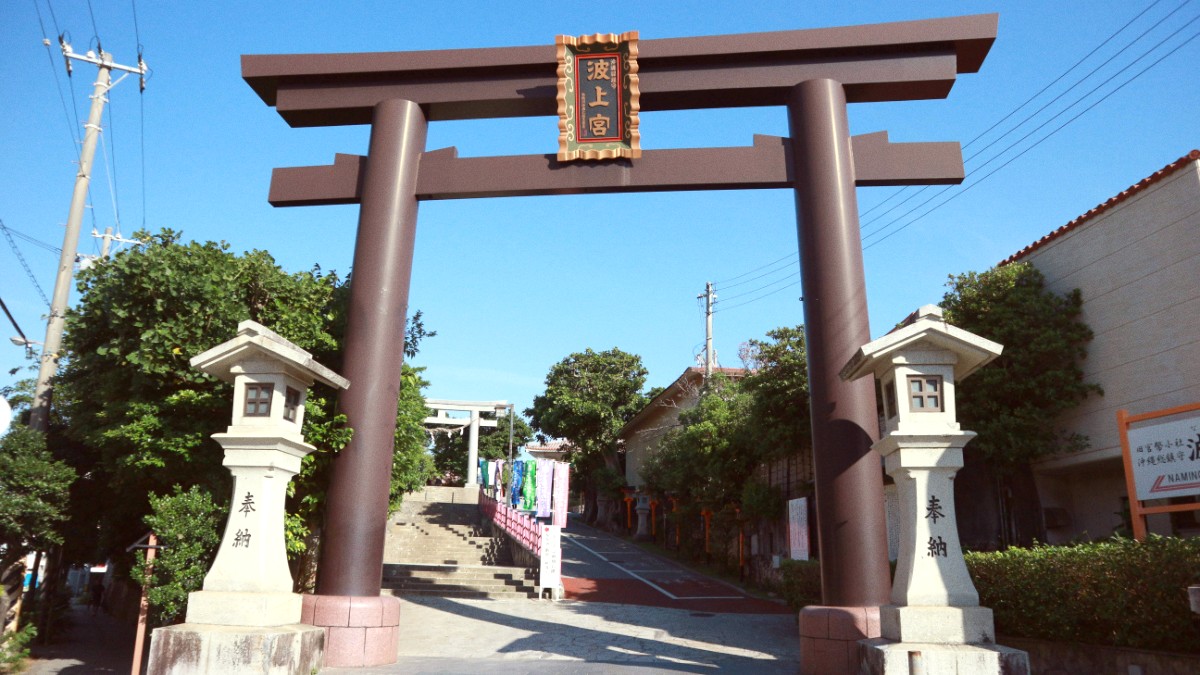
Okinawa And The Southwest Islands, Japan
Japan's main mobile providers are NTT Docomo, au (KDDI), and SoftBank.
Free Wi-Fi is available in many locations.
Japanese is the official language. English proficiency varies, being more common in tourist-oriented businesses.
For consistent internet, consider a tourist SIM or pocket Wi-Fi. It supports your navigation and communication needs.
Navigating daily operating hours in Naha.
Generally 10:00 AM to 9:00 PM. Department stores may close around 8:00 PM.
Lunch 11:30 AM to 2:00 PM; Dinner 5:00 PM to 10:00 PM (last orders around 9:00 PM). Izakayas close later.
Many are 24/7, providing food, drinks, and ATMs at any time.
Typically open from 9:00 AM to 5:00 PM or 6:00 PM.
Access to financial services is widespread.
Naha Airport has facilities to serve travelers' needs before or after flights.
Independent airport lounge access is available for frequent travelers with Priority Pass.
A service helps customers get compensation for flight delays or cancellations: Compensair.
During major holidays, businesses may close or have reduced hours. Banks and government offices generally close. Expect larger crowds at tourist spots.
Showing respect for local customs in Naha.
A slight bow is customary when greeting someone. A simple nod or a spoken "Konnichiwa" (hello) works well for tourists.
Tipping is not expected or customary in Japan.
It is polite to ask permission before photographing people, especially children.
Navigating Naha with accessibility in mind.
Naha is generally more accessible due to newer infrastructure.
Several attractions in Naha offer good accessibility.
Support for visual or hearing impairments is developing.
Older, narrower streets may present challenges.
The Japan Accessible Tourism Center (JATC) provides information and support for travelers with disabilities.